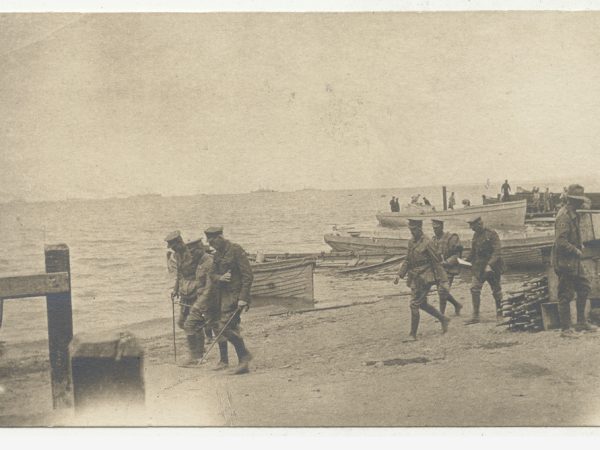
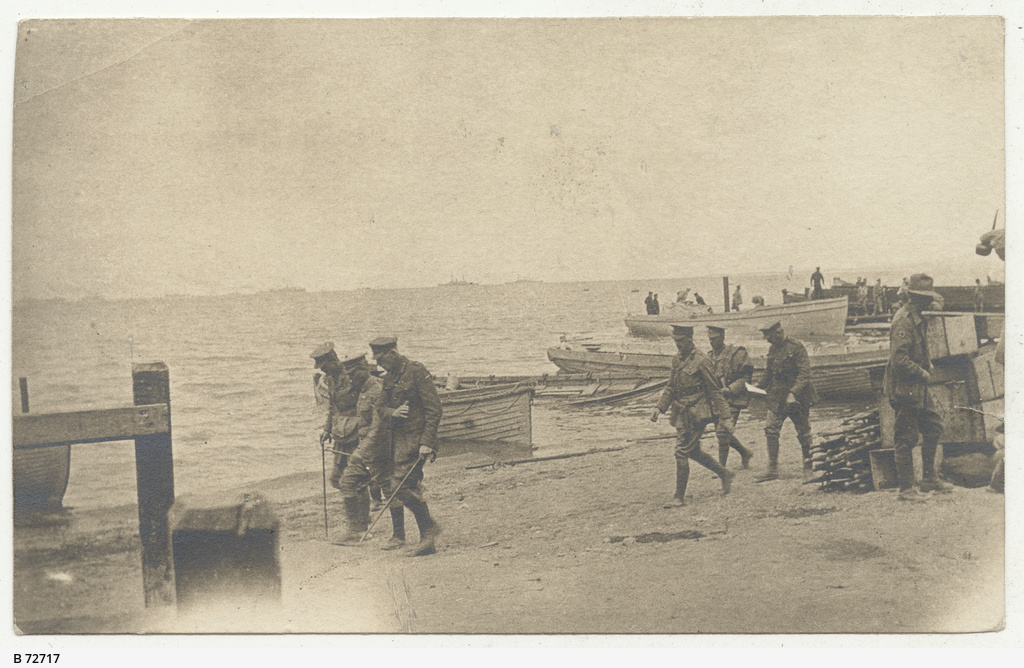
View of the beach on the day of the landing at ANZAC Cove in World War I, image courtesy State Library of SA B-72717
Glossary Terms
Topics
Ottoman Empire in 1914, The Plan for the Dardanelles Campaign, The Australian Landings at Gallipoli
People
Avery, Louis Willyama, Seager, Alexandrine, Terrell, Frederick Leopold, Cooper, Ethel, Lady Galway
Places
Organisations
April, 1915
Landing at Gallipoli
‘We then rowed like hell until we ran against the beach. Shrapnel was raining down and no time was wasted in getting ashore to cover, after wading waist deep through the water. No sleep and little to eat that day. Making roads.’
These are the words from Louis Avery’s diary that describe his experience of landing on the beach at Gallipoli on the morning of 25 April, 1915. Training was over: this was real. As a member of the 3rd Field Engineers, his role was to start the process of constructing the necessary infrastructure the army would require.
The account from the 10th Batallion official diary (refer below) contains a compelling account of the landing and the following, challenging days, as these soldiers had their first real taste of the battlefields of the First World War.
The impact at home
These soldiers’ stories are deeply embedded in our national psyche. But what of those at home? Alexandrine Seager’s poem, Letters, gives us some insight into what it must have been like not knowing where loved ones were, nor what they were doing – but knowing that they were likely to be facing enemy fire in the immediate future.
As we reflect now on those events on Turkish soil 100 years ago, our television screens and our newspapers are filled with images and accounts from that time. 100 years previously though, it was a different story: although the 10th Battalion (raised here in SA) was amongst the first to land that morning, the details were not known to the people of South Australia (indeed, the Australian government was not involved at all in the decision to launch the Dardanelles campaign – that was the decision of the British Government alone.) As the article from the Advertiser on 30 April tells us, people at home knew that the Battalion had seen action, but in Parliament, even the Prime Minister was unable to provide further information.
The war effort continues
The war remained a major focus in South Australia. Rose Day (organised by the Wattle Day League) raised money for motor ambulances, while a parade for Belgian Flag Day raised a whopping £2000 for the Belgian Relief Fund. Lady Galway (the Governor’s wife) encouraged farmers to grow a ‘Belgium plot’ of wheat to help ease the plight of the Belgian people, while the Red Cross Sock Club was launched, with the aim of collecting 1000 pairs of hand-knitted socks for the troops every month. Their first month of activity saw 1245 pairs received.
During the month ‘C’ Squadron of the 11th Light Horse paraded through the City and a new recruiting push was launched. The training camps at Morphettville and Oaklands were closed and a new camp opened in Mitcham (in what is now Colonel Light Gardens).
Leo Terrell spent the month in Melbourne, continuing his training. His diary reveals that he wasn’t particularly enjoying army life and he seemed to have little respect for his superiors. He was clearly lonely, but at least he did get some good news from home in relation to his request for permission to marry Clara Lewis, although the diary entry is typically restrained! Interestingly, an article in The Advertiser suggests that there was a definite drop in the number of weddings at this time: no doubt the war and drought had changed people’s circumstances.
Other events in South Australia
Although the hearts and minds of most South Australians were with the troops overseas, there were several events here that attracted attention – drought-breaking rains, the continuing conversation about management of the River Murray, the need for a new Royal Adelaide Hospital, and Easter celebrations in the first week of April, which included horse racing in Oakbank.
Meanwhile, in Germany, where Ethel Cooper continued to write a weekly letter to her sister, even though she was not able to post them, she received a rare treat – a letter from her sister Emmie in Australia.


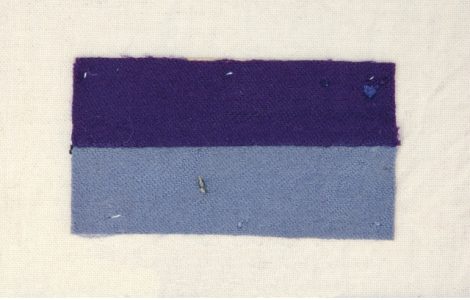
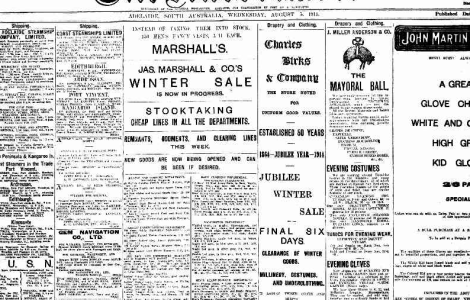
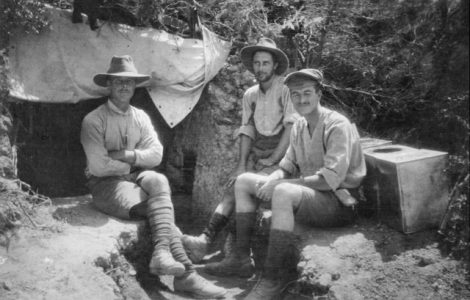
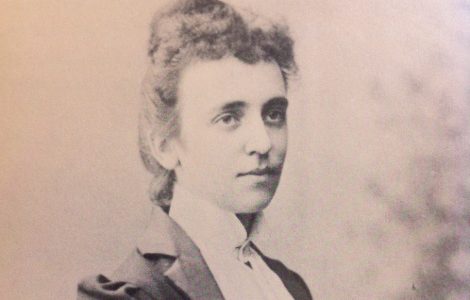
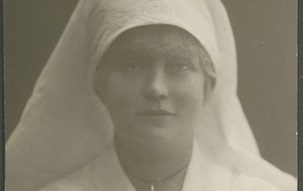
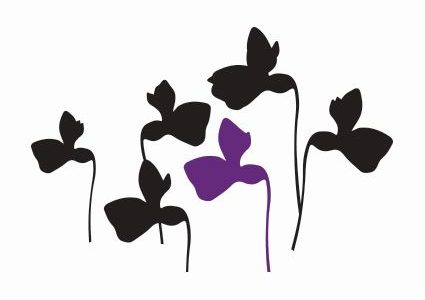
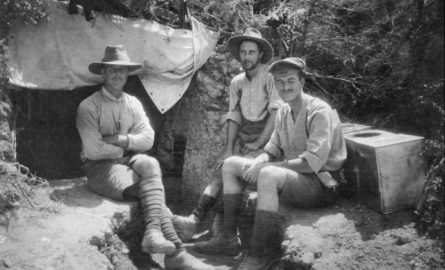
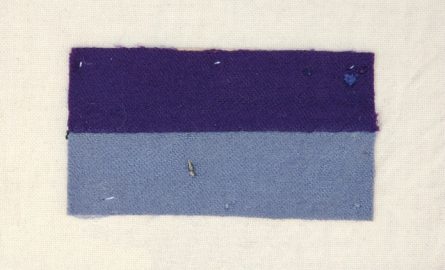
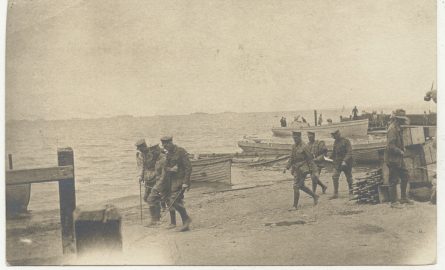
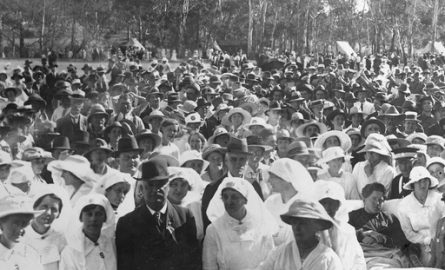
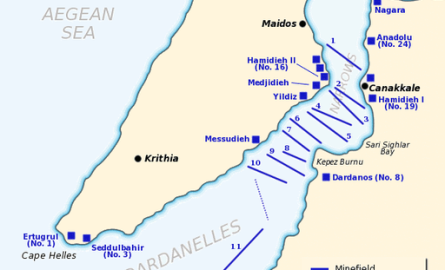

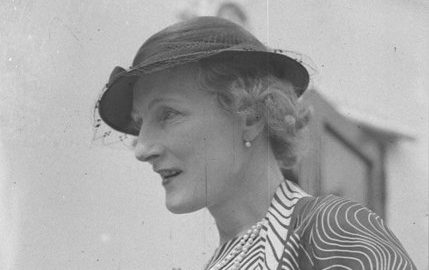
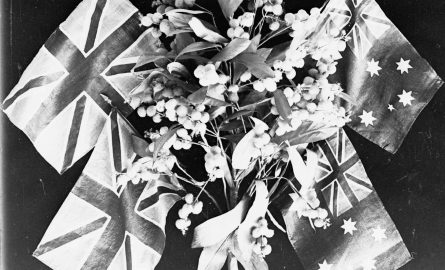
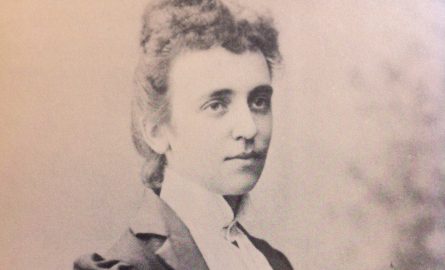
Historian Allison Russell superbly illuminates the lives of ordinary people thrust into extraordinary times.
Is Alexandrine Seager’s poem ‘Letters’ available on these pages or at some other web-based location? There should be some sort of reference available to the interested reader.
Hello. You can read the poem (or any of the extracts) by clicking on the source in the section ‘South Australians in their own words’ (in this case ‘Alexandrine Seager’ below the monthly post. http://southaustraliaswar.com.au/blog-posts/seager-alexandrine-april-1915/ will take you there, too. I hope this answers your question?